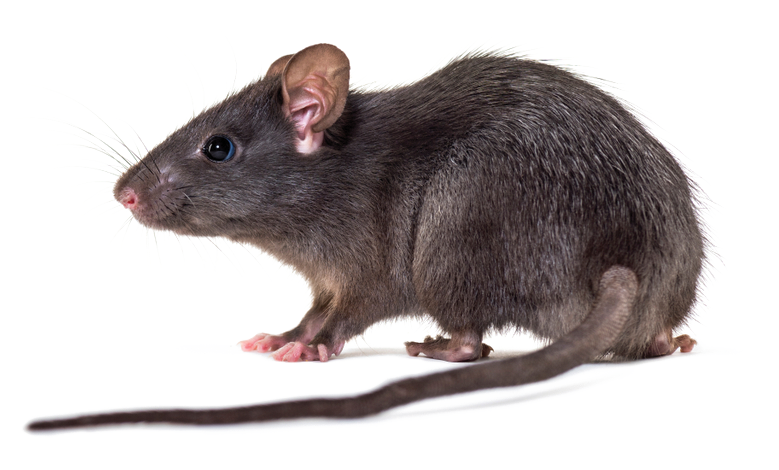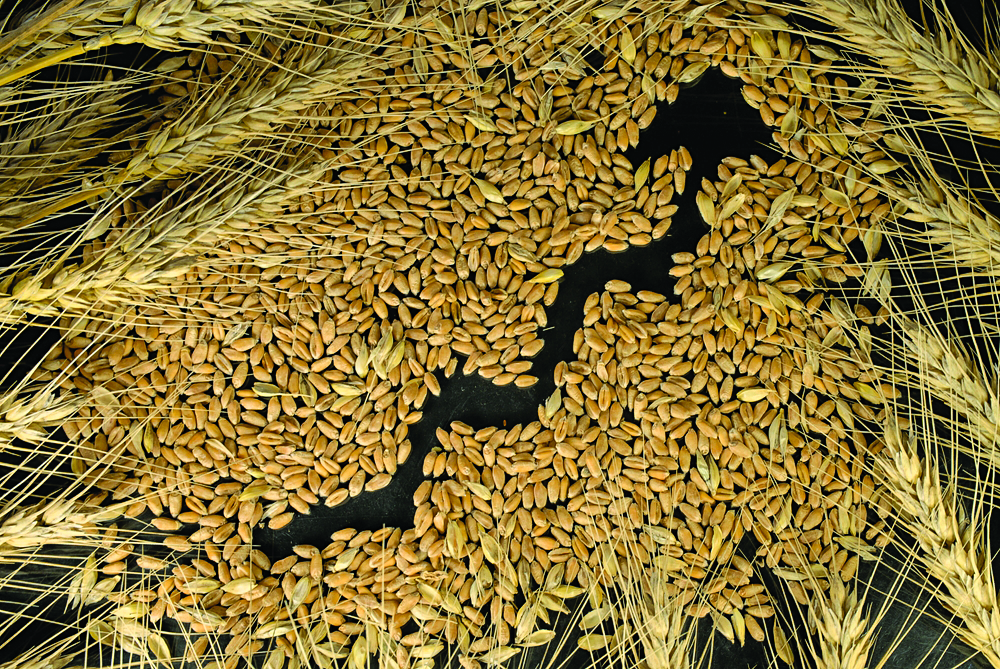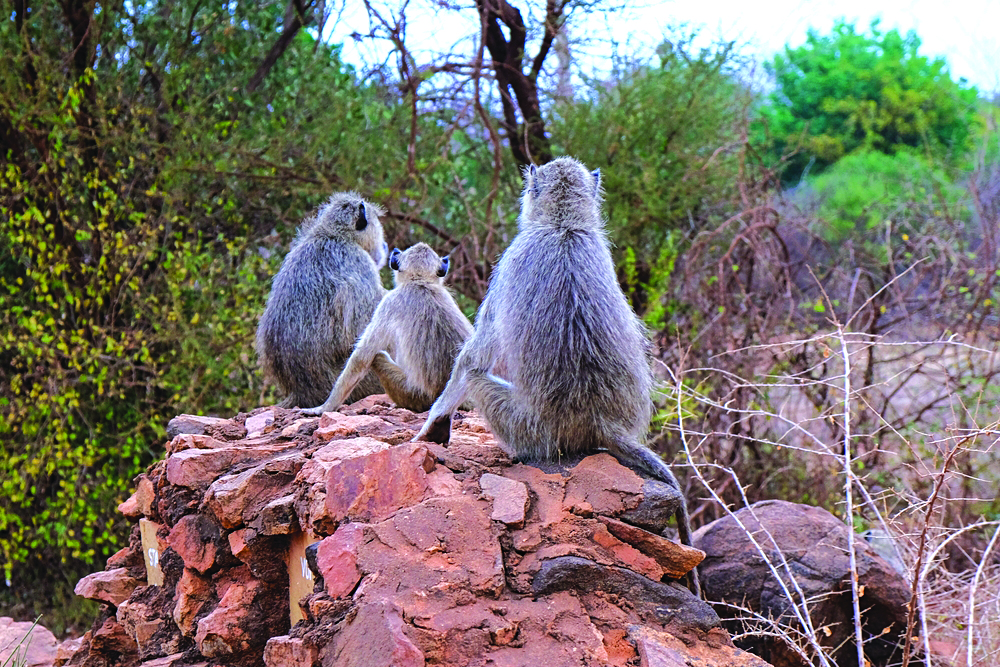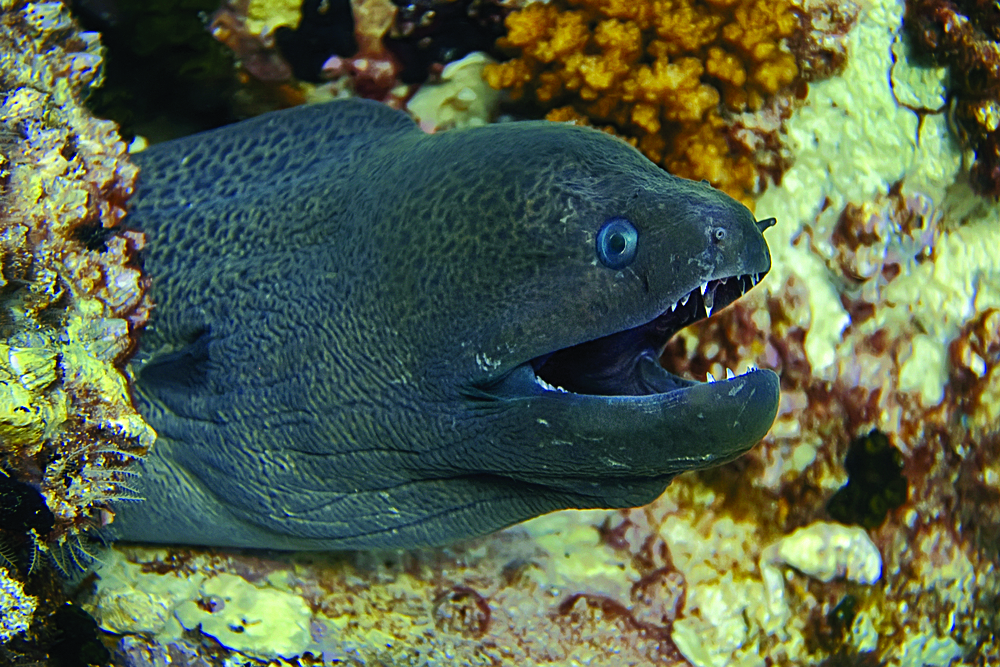
This is just an opinion — thus, subjective; thus, likely flawed. But in my view, there exists a dissonance between people who kill Snakes and those who howl in horror whenever it is announced in social media.
A Snake hacked into pieces provokes no shortage of unsolicited lecturing about how Snakes keep pest populations low. However, people who kill Snakes do not kill Snakes because they see them as ecologically useless. People kill Snakes because they are afraid of Snakes. And this is where the greatest challenge to education lies because fear is innate and can be rectified through personal interaction.
I just cannot see how it can be amended by way of pontificating by a random person in social media, no matter how knowledgeable and experienced he may be.
THE LAWS
Technically speaking, all Snakes are protected by law. Republic Act 8485, otherwise known as the Animal Welfare Act (AWA), was passed into law in 1998.
Four years later, Republic Act 10631 was passed to amend the original legislation, specifically against the abandonment of companion animals.
The killing of wildlife is expressly stated in Section 6 of the AWA.
Sec. 6. It shall be unlawful for any person to torture any animal, to neglect to provide adequate care, sustenance or shelter, or maltreat any animal or to subject any dog or horse to dogfights or horsefights, kill or cause or procure to be tortured or deprived of adequate care, sustenance or shelter, or maltreat or use the same in research or experiments not expressly authorized by the Committee on Animal Welfare. Emphasis mine. Furthermore, Chapter IV Section 27 of Republic Act 9147 (a) killing and destroying wildlife species, except in the following instances; (i) when it is done as part of the religious rituals of established tribal groups or indigenous cultural communities;
(ii) when the wildlife is afflicted with an incurable communicable disease; (iii) when it is deemed necessary to put an end to the misery suffered by the wildlife;
(iv) when it is done to prevent an imminent danger to the life or limb of a human being; and
(v) when the wildlife is killed or destroyed after it has been used in authorized research or experiments.
As one probably has noticed here, (iv) is where it gets sketchy. The state of people’s awareness toward Snakes is generally poor in most countries, and it is particularly chronic in the Philippines.
As said above, people kill Snakes out of fear.

UNEDUCATED GUESS

During my late high school years, I spent a couple of weeks’ vacation in my mother’s hometown in Laguna and saw a number of people kibitzing on a captured Reticulated Python (Malayopython reticulatus). I heard the captors saying that the fangs of the Snake should be removed before being butchered for a weekend’s worth of drinking.
When I butted in and told them that the Snake possessed no venom at all, I was told as-a-matter-of-factly that the Sawa is non-venomous for most parts of the year, but becomes dangerously venomous during the dry season.
How can a 15-year-old argue against that?
Even blind Snakes found wriggling inside homes during and after a heavy downpour are routinely killed in the belief that these are the young of a virulently venomous Snake. Because, yes, why even try educating yourself when you can always spin your own take and accept it as a hard fact, right? All Snakes exist solely for just one overarching reason: to kill people, apparently.
UNENFORCED LAWS

Still, the killing of Snakes would have been isolated incidents were it not for the often blatant disregard of even the authorities to enforce such laws.
There is something about the Filipino culture that lets others off the hook for something that everybody knows is just off or downright illegal. We let things slide, instead of standing our ground and telling offenders, “Hey, that is illegal.”
I myself have grown weary of seeing Facebook videos showing captured Snakes and Monitor Lizards to be slaughtered as liquor food, of vats of cooked flesh and Snakes hacked by machetes, with commentators tagging government offices and nothing ever coming out of it.
WHAT THE DEVIL?

Among the most prevalent justifications for the revulsion toward Snakes has something to do with how the Devil was portrayed in Genesis Chapter III.
However, some lines in Exodus appear to be conveniently set aside. Exodus 7: 8-13 details how God commanded both Moses and Aaron to bring themselves to the Pharaoh, and if the latter told them to perform a miracle, Moses was to tell Aaron to throw his staff in front of the Pharaoh where it would become a Serpent. And if the Pharaoh’s sorcerers did the same, Aaron’s staff-turned- Serpent would swallow each and everyone of them.
It is clear that here, the Snake is not the representation of evil but a symbol and indicator of God’s power.
MISCONCEPTIONS AND PERCEPTIONS

Contrary to popular acceptance, Snakes don’t “live” in burrows, gardens, vegetable patches, and beneath your floors. The reason people find them there is because they follow the scent trails of Rodents.
Dispose your garbage properly and ethically instead of throwing these anywhere and everywhere until these pile up and attract Mice and Rats.
As for Snakes who feed on Lizards and Fishes, well, there really is nothing you can do about it, except change your perception about them.
A WORLD WITHOUT SNAKES
Now, let us for a moment submit to the general view that Snakes are the bane of this world and assume that with one all-powerful wish, they would all simultaneously go extinct in places where they naturally live.
Like all predators, Snakes control the populations of what they prey on. Most of us would want to have as many Birds around us as possible. However, in the absence of a population-controlling agent, a few scenarios are likely.
FOOD PRICES WILL GO UP

One, grain-raiding Rodents and Birds, such as Munias and Crows, whom farmers view as competitors for their crops are likely to cause severe economic losses for the farmers and a never-ending disruption of the food supply chain for us, the consumers. An exponential rise in prices to recoup losses will be inevitable, further compounding the world’s hunger problems particularly in underdeveloped countries.
That habitat loss and hunting has extirpated and driven off many mammalian and avian predators,
such as Civets and Raptors, respectively, means that Snakes are the only predators left to keep the balance. Remove these Reptiles, too, and there will be an explosion in the population of animals that Nature intended to keep under control.
Sure, people can arm themselves and shoot every grain-feeding Bird in sight, but apart from the ethical repercussions of driving more species out of existence, it will invariably cause more unraveling of the natural order of which we also are a part.
OTHER ANIMALS WILL BE ENDANGERED

Two, many Birds and Mammals maintain territories. This is the reason some Birds and Mammals appear rare in the wild, because a given area can only support one individual or one family. Drive their predators to extinction and more individuals will start vying for limited resources.
Squabbling among these species for space, such as during the breeding periods, can make them more conspicuous to potential predators, so that a population explosion triggered by the loss of one predator, such as a Snake, may only be temporary as numbers may in due course come crashing down due to predation on sexually mature individuals.

MORAY EELS WILL RULE THE WATERS
Three, the loss of marine Snakes may ultimately affect fisheries. This is due to the fact that many sea Snakes prey on Moray Eels, which are also predators. Removing the Snakes from the equation can result in the boom of this rapacious and stealthy predator, which in turn can have an adverse impact on the numbers of reef fishes.
SUBTERRANEAN ECOLOGY WILL BE DISRUPTED
Four, the ecology of the subterranean world will be affected with the demise of something as seemingly innocuous as fossorial Snakes.
The members of the genus Calamaria aren’t called “Worm Snakes” for no reason. They are called as such because, apart from living underground, they prey on Earthworms.
Many of us see Earthworms as beneficial, aerating the soil and producing vermicasts which serve as natural fertilizers. However, if allowed to proliferate unchecked, Earthworms can put the integrity of the soil at risk. This can be seen in how some parts of the famed rice terraces of Ifugao are crumbling down because of multiple species of Earthworms making extensive burrows and allowing water seepages from within, causing erosion.

Calamarias are not often seen, but this is due to their habits and not to an inherent rarity.
To give you an idea of what lies beneath, I once had a landscaping project at the Ninoy Aquino Parks and Wildlife Center in Quezon City. One area where we had to do some digging yielded from 12 to 15 Calamarias per roughly one square meter. We had to dig very cautiously so as not to inadvertently kill these Snakes while shoveling.
Apart from the Worm Snakes, Typhlopid Snakes — commonly referred to as “blind Snakes” — also do their share in putting the underground fauna under control.
Very many of us are annoyed at the activities of Ants in and around our homes. The hair-pulling may soon lead to baldness once we drive blind Snakes into oblivion, as these Snakes are known feeders on Ant eggs and larvae.
SNAKE CHEMICALS WILL NO LONGER BE AVAILABLE
Five, the loss of venomous Snakes will rob the world of important chemicals used in the management and treatment of a variety of afflictions.

Snake venom can be roughly categorized into three: cytotoxic, hemotoxic, and neurotoxic. Cytotoxic venom affects the cells, hemotoxins affect the blood — either by causing clotting or preventing it — and neurotoxic venom targets the nervous system. These toxins, despite what most people would want to believe, aren’t meant for killing people but for securing prey with the least risk for the Snake. The faster a venom works on a targeted prey, the less likelihood that the animal can inflict wounds on the Snake as they fight back.
However, Snake venom has been known since antiquity to possess properties that can be used for healing a range of diseases. Today, elucidation of Snake venom composition has led to the recognition of cytotoxins and neurotoxins as potential treatments for cancer and neurological diseases, respectively.
Much still remains to be understood about how neurotoxins work in the human body, underscoring the vast terra incognita that remains to be explored. In contrast, hemotoxins have already found their way into medical applications due to their ease of manipulation and engineering.
The drug Captopril is recognized as the first drug to be produced using animal venom after the US Food and Drug Administration approved its use in 1981, followed by European countries three years later. Captopril is used for the treatment of hypertension, congestive heart failure, kidney complications resulting from diabetes, and improving survivability after a heart attack by reducing the chances of heart failure.
Captopril was isolated from the venom of the Jararaca (Bothrops jararaca), which, ironically enough, figures prominently in Snake bite cases particularly in Brazil. However, one must always keep in mind that Snakebite prevention hinges strongly on something as simple and common as a pair of rubber boots when treading in areas where Snakes are known or are suspected to harbor.
That a drug of multiple applications obtained from just a single species of venomous Snake illustrates how much potential still remains to be unlocked and discovered with the rest of the roughly 200 species of venomous Snakes found in the rest of the world. Somewhere in the cytotoxins contained in at least one of the world’s Vipers hovers that elusive cure for cancer.
The notorious Cobra family, the Elapidae, likely holds the key in defeating or at least arresting the advance of Alzheimer’s, dementia, and Parkinson’s.
Humans just have to stop hating them.
COEXISTENCE IS POSSIBLE

A South African friend of mine who lived in the Philippines for a few years along with his Filipino wife once told me how his mother once battled with a Mozambique Red Spitting Cobra (Naja mossambica) with a broom.
He said his mom was watching television one noon until she noticed the Snake able to clear the low baffle that they often put in place at the base of their doors to dissuade Snakes from coming in. As the cobra slowly advanced toward their living room, his mom calmly moved around the Snake at a safe distance, picked up a broom and removed the baffle, and started shooing the Snake out of the house.
Cobras typically would stand up against such indignity with indignation, and this one was said to have reared up in a classic cobra stance and started spitting venom. Spitters often target the eyes, but I was told that many South Africans have learned to live with Snakes and protect themselves accordingly.
The battle of wills lasted for just a few minutes with an aging lady emerging victorious.
What struck me the most was how these people — who exist alongside many dangerously venomous Snakes, including Mambas, Adders, and Boomslangs — will always find a solution that does not involve the killing of an animal. The same is true for Australians; both Australia and South Africa have far more venomous Snakes than we have in the Philippines.
The Filipinos’ own sanguinary brand includes the brandishing of a bladed weapon and decapitation.
AN IMPENDING DEPRIVATION OF WONDER
I first saw my first live Snake when I was about seven or eight years of age. Mom was doing her laundry, and a little beyond arm’s length behind her, slightly to her right, was a dark-colored Snake slithering into a waterway.
To this day, I still cannot put into words what I felt on that very first sighting. It wasn’t fear, and it wasn’t revulsion, either. It drifts between curiosity and fascination, or perhaps both at the same time but with that tangible veil of primordial mystery as befits an animal whose lives very few ever had the opportunity to peer into.
And that lastly is what we, as a member of the natural world and order, ultimately stand to lose if we allow the Serpents to slither into oblivion: the deprivation of awe that is as old as the human species itself, that same wonder that has given rise to the Snake’s representation in religion, art, myths, and oral stories across many languages and cultures and handed down to generations since.
Those gasps of astonishment that drive any naturalist’s heart to skip a beat again and again upon the sight of a Snake all quiet with the passing of something as fragile, formidable, exquisite, and dangerous at once, and never to return again.







